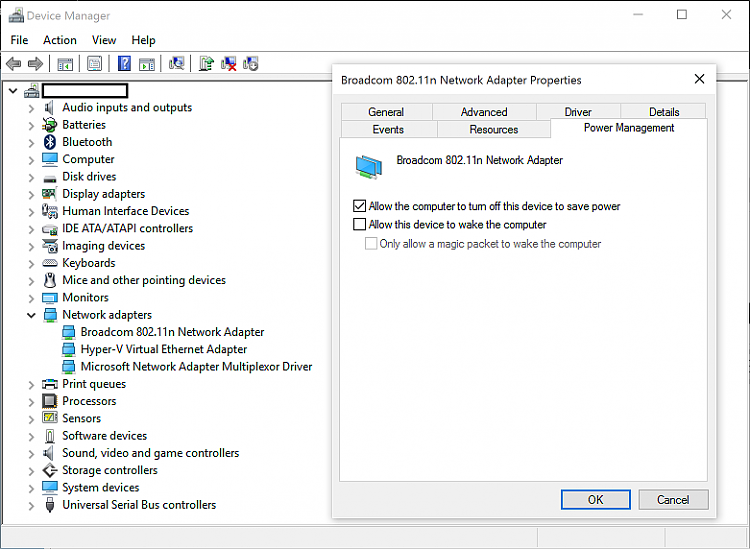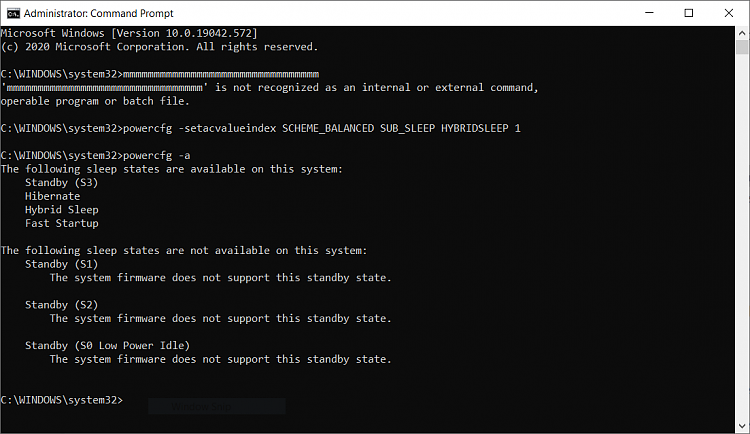

Windows 10 power sleep vs hibernate professional#
Windows 2000 Professional supported it on laptops only. Sleep mode is supported in Windows 95 and later (depending on your computer hardware), except for Windows NT 4.0 (1996). Laptops typically go into sleep mode when you close the lid as well. When you are away from your computer and you have to wiggle the mouse to wake it up, and you hear the fans and hard drives spinning up from being off, this is your computer coming out of sleep mode.įor a while, it was common for laptops, and even keyboards for desktop computers, to have a button or key with a moon-shaped icon, which would signal the computer to go to sleep mode. Many computers go to sleep by themselves after a period of inactivity. In some cases, your computer may detect when it's about to lose power while in sleep mode, and it will hibernate itself to avoid losing your saved state.


The same thing will happen if you have a desktop computer in sleep mode (without any kind of supporting battery), and the power goes out or the computer is unplugged. If you leave a laptop in this state for too long and the battery drains, the computer may simply shut off, and you might lose work you had not saved, because working memory (RAM) always needs continuous electricity. The computer draws only enough power to maintain this state, and to detect a keyboard button press or mouse movement to wake up the computer and resume normal operations. Your screen turns off, the hard drive spins down, and most peripherals are disconnected. All programs and documents stay open in RAM, but anything the computer was doing is suspended (such as a file download). In this mode, your computer turns off everything except limited control electronics on the main system circuit board (motherboard), and your system working memory (RAM).


 0 kommentar(er)
0 kommentar(er)
